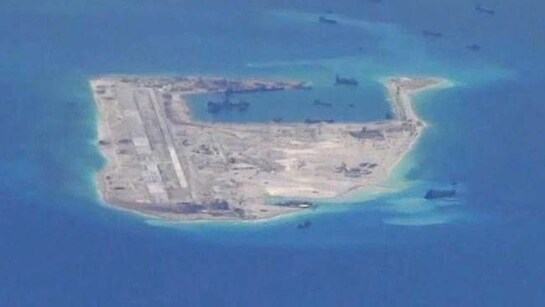BEIJING, Feb 13 – China has announced plans to construct a cutting-edge deep-sea research station in the resource-rich South China Sea, a move poised to advance marine exploration while reinforcing Beijing’s territorial claims in the disputed waters.
According to the South China Morning Post, the facility—set to be built at a depth of 2,000 meters—will focus on studying methane-rich cold seep ecosystems, which hold vast reserves of methane hydrates and rare minerals. The South China Sea is estimated to contain around 70 billion tonnes of methane hydrates, nearly half of China’s known oil-and-gas reserves.
Beyond hydrocarbons, the region also boasts cobalt and nickel concentrations three times higher than land-based mines, along with unique marine life essential for medical research.
Slated for completion by 2030, the station will accommodate six scientists for long-term missions, enabling real-time monitoring of tectonic activity and ecological shifts. It will integrate with China’s expanding seafloor fiber-optic network and the Mengxiang drilling ship, significantly enhancing deep-sea infrastructure and research capabilities.
Experts suggest the facility may be nuclear-powered, similar to past deep-sea vessels like the U.S. NR-1 and Russia’s AS-12 Losharik, signaling a potential strategic and military dimension to the project.
A Strategic Precedent?
China’s move mirrors Russia’s 2012 Arctic seabed survey, which was later used to justify territorial claims. Beijing’s claim to nearly the entire South China Sea—outlined by its controversial Nine-Dash Line—directly overlaps with the exclusive economic zones (EEZs) of several ASEAN nations, including Malaysia, Vietnam, the Philippines, Brunei, and Indonesia.
With regional tensions already high over maritime rights, China’s deep-sea ambitions could further complicate the geopolitical landscape, drawing scrutiny from neighboring countries and the international community.








